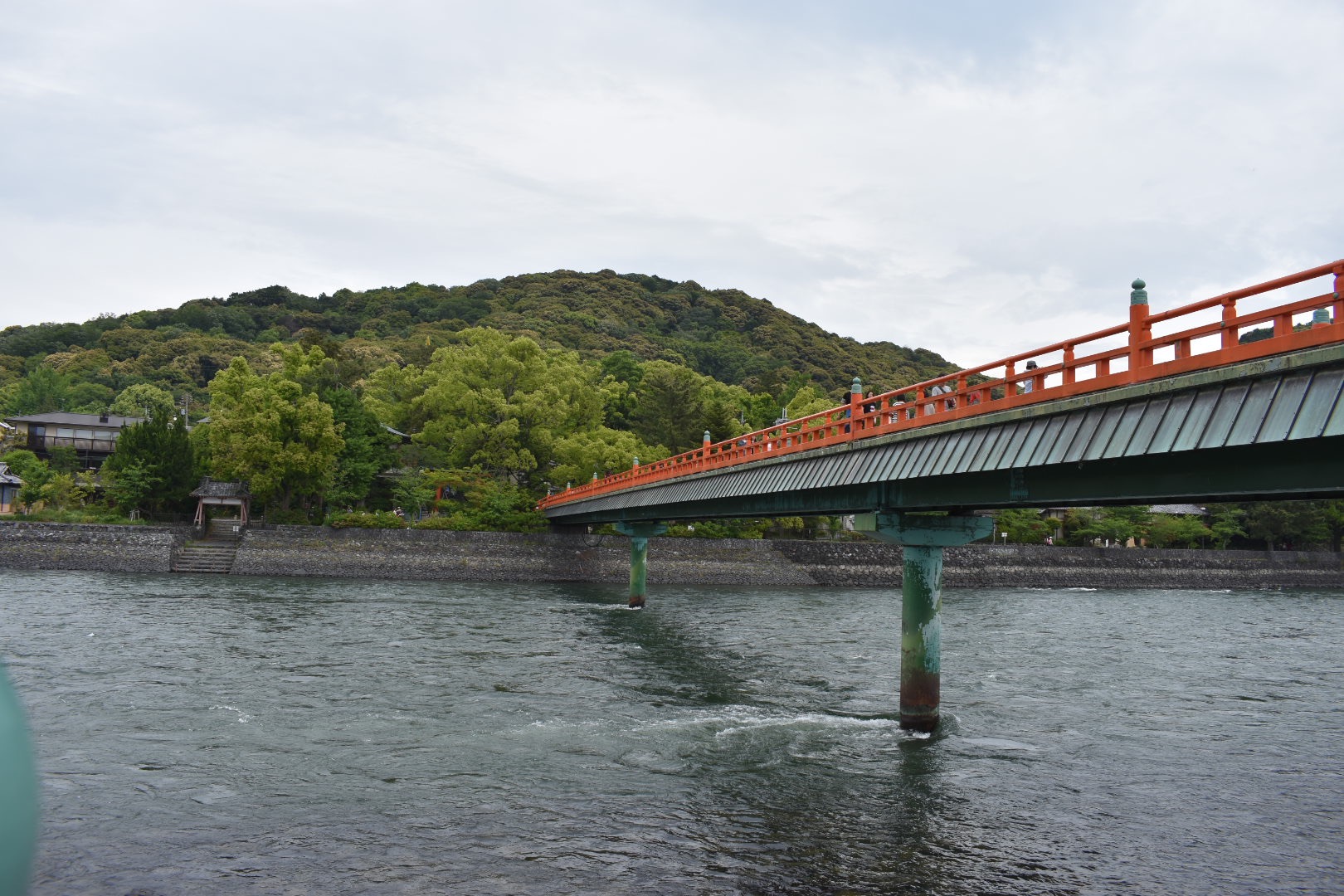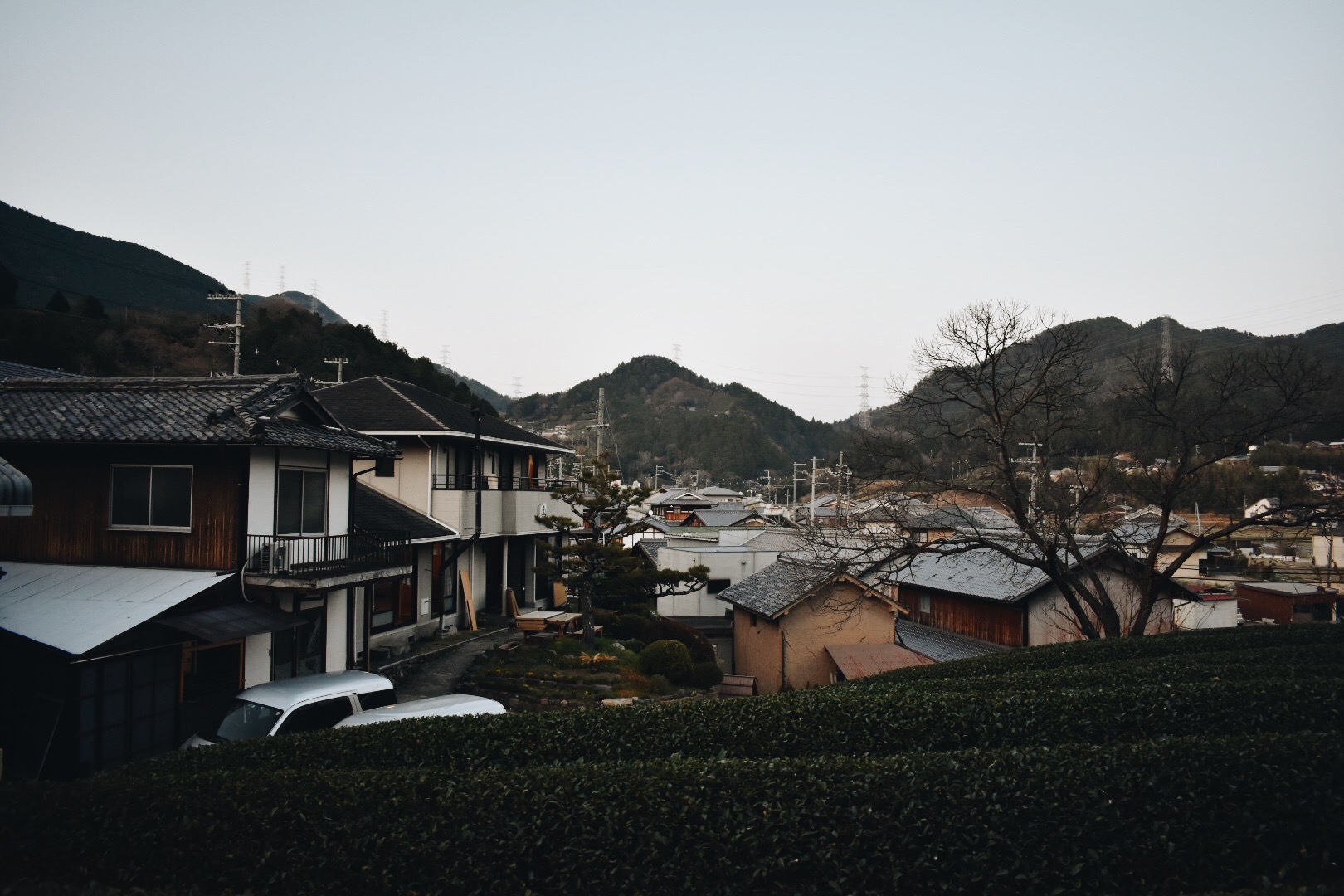BY MACKENZIE LORKIS
1. Bicycle
Kyoto is one of the most bike-friendly cities in all of Asia. Almost everyone here rides a bike; you can often see parents with two or three small children strapped into the same bike, somehow balancing perfectly while riding down the street. Many Doshisha students who live in Kyoto bike to campus, so the university has gone to great lengths to make bicycle parking as easy and well-maintained as possible. All you have to do is get a free parking sticker from Doshisha, and you are able to park in any lot on campus.
You can buy a used bike for around ¥5,000-¥8,000, but after that initial cost, parking is usually free or very cheap. Personally, I think biking is the best way to get around Kyoto because it’s cheap, convenient, good exercise, and a fun way to see the city. I was lucky enough to receive my bike from a Japanese friend who was about to throw it away anyway, so you may not even have to buy a bike at all.

2. Subway
The other most common way to get around Kyoto is buy subway. The Kyoto subway system is actually very easy to navigate, especially compared to larger metropolitan areas such as Tokyo. There are only two lines, the Karasuma Line and the Tozai Line, so you rarely will have to transfer. While the subway is more convenient that Tokyo’s, it is more expensive. Fares start at ¥210 and go up every few stops. However, you can buy a day pass for ¥600, which pays for itself in only 2 rides.
For students who want to commute to campus using the subway, a discounted commuter pass is available. The stops covered by the pass, and the cost of the pass, vary by dorm location and how many stops are necessary.
3. Walking
Kyoto is a very walkable city. There are few hills, and it is relaxing to walk around the suburban areas, and exciting to stroll by crowded shopping and tourist areas. Furthermore, Kyoto is extremely safe, so there’s no feeling like you constantly need to be looking over your shoulder as you walk. I enjoy walking because, even though it is slower, it allows you to explore a little bit and see more of Kyoto than you would by subway or bicycle.
From my dorm, Casa Kitayama, Doshisha University is about 40 minutes away on foot. From the boys’ only dorm, Kamogawa, it is about a 15 minute walk. Almost all of the students at Dorm Kamogawa walk to campus. Finally, the furthest (and only co-ed) dorm, Maison Iwakuni, is about an hour on foot.

4. Buses
Finally, Kyoto also has a bus system, but I tend to avoid it because it’s a little more confusing than the subway system. Normally, I will take the Karasuma Line and walk to wherever I need to go. However, I know many other students who use buses and have no problem with them. They usually have a flat rate of ¥230 and will take you to locations not accessible by subway, like Kinkakuji (the Golden Pavilion), or Kurama, a mountain area located about 40 minutes from central Kyoto. I don’t recommend using the bus to get to Doshisha, but there is a stop near campus if necessary.

Mackenzie Lorkis studied in Kyoto, Japan in the Language & Culture, Doshisha Univ. Program – Spring 2018



